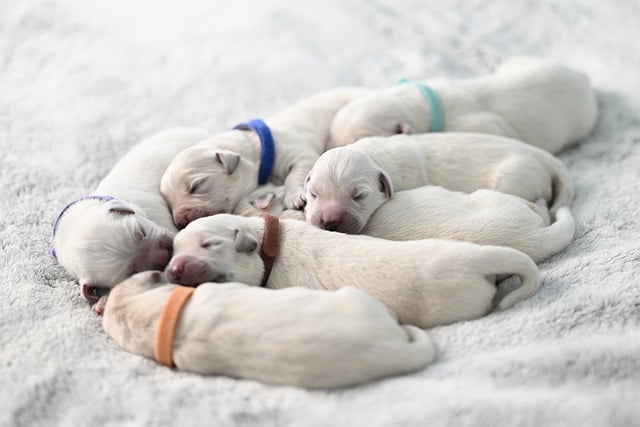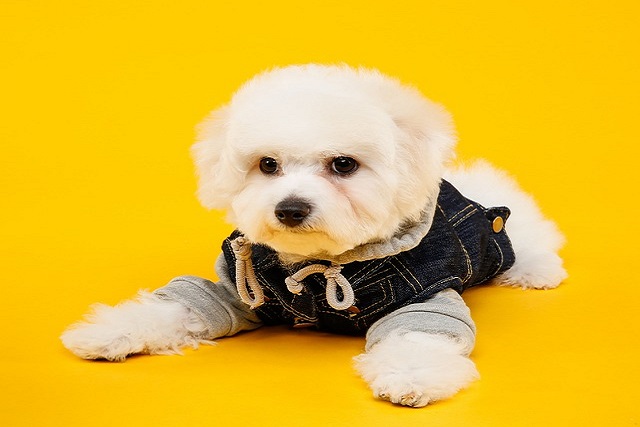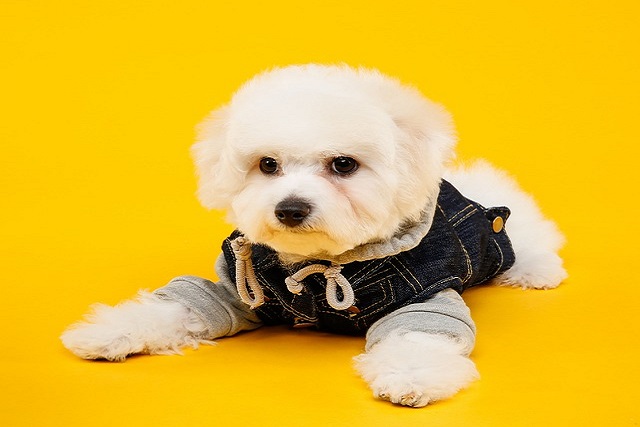
How do you treat flaky skin on dogs
If you’ve ever brushed your pup in the morning and noticed little white flakes floating onto the couch, you’re not alone. Flaky skin is one of the most
If you’ve noticed your dog scratching more than usual—maybe gnawing at their paws or rubbing their face against the couch—you might start checking their skin for clues. Fungal infections are a common culprit, but spotting them can be tricky if you’re new to reading your pup’s body language. Let’s break down what to look for, so you can get them help fast.
First, let’s talk about what causes these infections. Fungi like ringworm (yes, it’s a fungus, not a worm) thrive in warm, damp places—think between your dog’s toes after a rainy walk, or under their armpits if they’re a fluffy breed like a Samoyed. These organisms attack the skin, hair, and nails, creating distinct signs that differ from allergies or bug bites. Unlike flea bites, which are tiny red dots, fungal spots often have a scaly, crusty edge with healthier skin in the center—vets call this the “ring” in ringworm, though it doesn’t always look perfectly circular. My cousin’s Cocker Spaniel got it last summer after playing in a community pond; at first, she thought it was dry skin, but the patches kept spreading.
So, what specific signs should you watch for? Look for round or oval patches where the fur is thinning or falling out—they might be red, inflamed, or covered in white, flaky skin. Paws are a hot spot: infected paws often look swollen, with cracked pads and discolored nails that might crumble. If your dog has long hair, part the fur gently—you might see bald spots that feel rough to the touch. Another clue is excessive licking or chewing; fungi irritate the skin, making your pup want to soothe the itch. Just last week, I noticed my Lab mix, Max, licking his elbow raw—turns out, a fungal patch had started there, hidden under his thick coat.

If you suspect a fungal infection, don’t try to treat it with home remedies. Head to the vet—they’ll take a sample (usually by plucking a few hairs or scraping the skin) and check it under a microscope. Treatment typically involves antifungal shampoos, creams, or pills, depending on how widespread the infection is. Follow their instructions exactly—stopping early can make it come back. While treating, wash your dog’s bed and toys in hot water to kill spores; fungi can spread to humans, so wear gloves when applying medication, and wash your hands afterward.
Now, let’s connect this to being a responsible owner in the U.S. Keeping your dog healthy is a legal duty—all states have laws requiring pets to receive care for illnesses, and untreated infections could be considered neglect. When you’re out in public, always clean up after your dog with poop bags (fines for skipping this reach $200 in cities like Philadelphia) and keep them leashed in dog parks, where fungi can spread between pups. If your dog is contagious, skip group play until the vet says it’s safe—that’s part of being a good community member.
Culturally, patience and kindness matter when dealing with a stressed dog. If your pup hates being touched on infected areas, never scold or restrain them. Instead, use treats to reward calm behavior during exams or medication. My trainer friend in Denver uses this with nervous dogs—offering a tiny piece of cheese after each gentle pat helps them relax. In apartments, keep your dog’s space dry; mold in damp corners can worsen fungal issues, so open windows or use a dehumidifier. Also, avoid over-bathing—too much water strips their skin’s natural oils, making it easier for fungi to take hold.
Remember, fungal infections are common and treatable with the right care. The sooner you spot the signs, the faster your dog will be back to chasing squirrels and napping in the sun—happy, healthy, and itch-free.

If you’ve ever brushed your pup in the morning and noticed little white flakes floating onto the couch, you’re not alone. Flaky skin is one of the most

Pigmentary keratitis in dogs is a condition where dark, discolored patches form on the cornea, the clear outer layer of the eye.

If you’ve noticed your dog scratching more than usual—maybe gnawing at their paws or rubbing their face against the couch—you might start checking their skin for clues.

If you’ve ever watched your dog pad across hot asphalt in summer or crunch through icy sidewalks in winter, you’ve probably wondered how to protect those fuzzy paws.

That distinctive "scooting" across your favorite rug isn't just odd behavior - it's often your dog's way of telling you something's uncomfortable back there.

If you’ve noticed your dog’s nails are so long they curl under or make a loud “click-click” on your kitchen floor, you’re not alone.